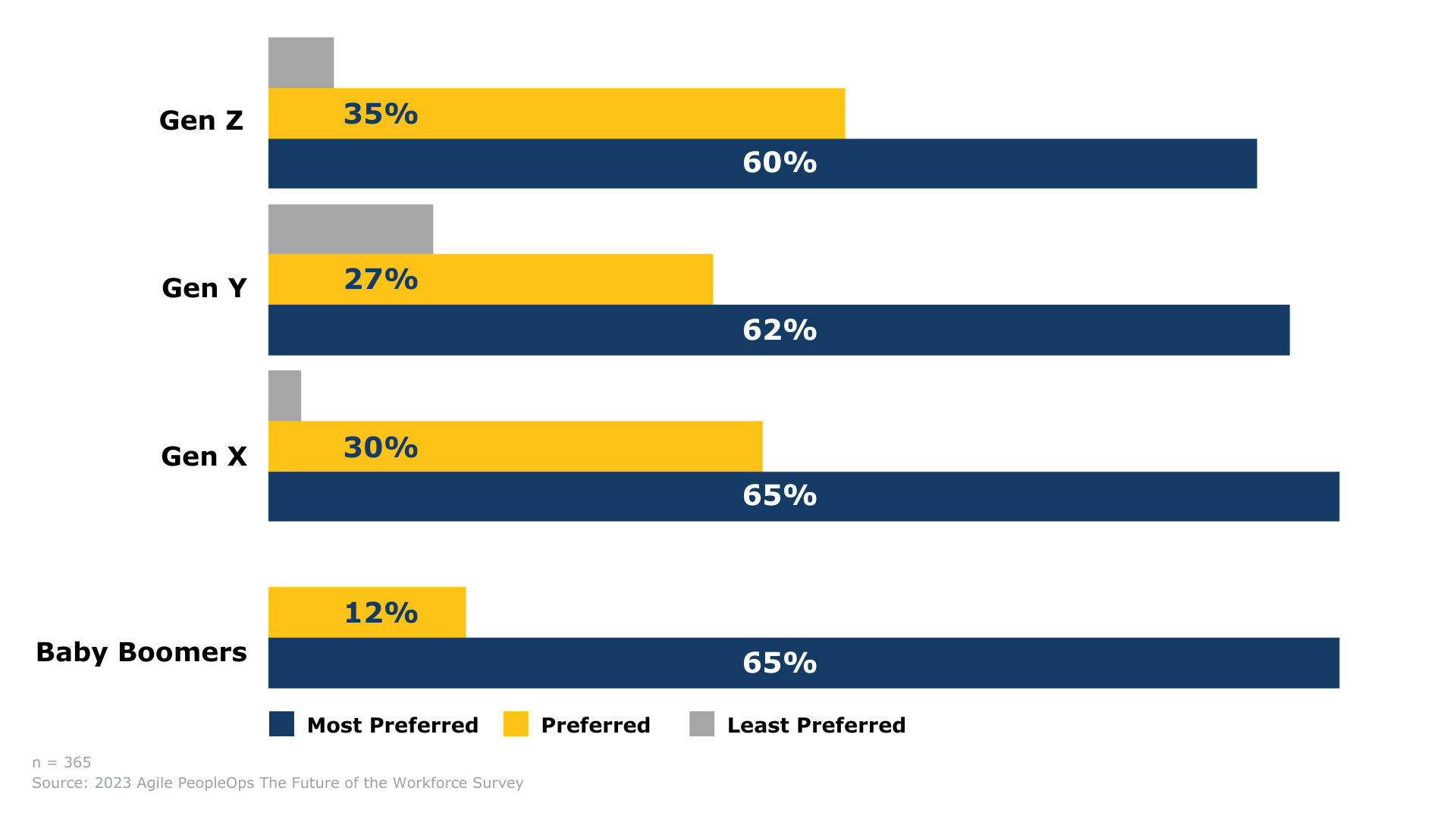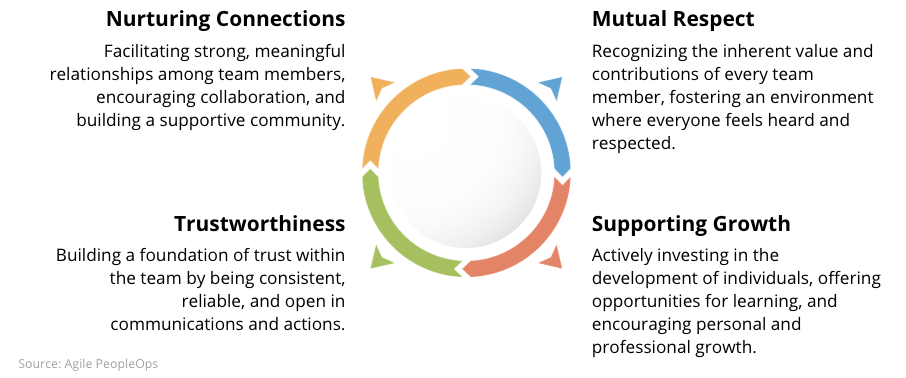“Culture eats strategy for breakfast.”
You’ve heard this quote before—and in today’s hyper-connected, multigenerational, VUCA workplace, it’s more true than ever.
We’re back with the next installment in our Workplace Ecosystem series, diving into what really makes employees across generations stay, grow, and thrive. Today’s spotlight? Constructive Culture—the unspoken heartbeat of any truly thriving organization.
The Culture That Connects Us All
Imagine a workplace where open communication flows freely. Where collaboration feels natural, not forced. Where individuals are recognized not just for what they do, but for who they are and who they’re becoming.
That’s the promise of a constructive culture—one where people are encouraged to stretch their potential, challenge themselves, and contribute meaningfully to something bigger than themselves. It’s not about perks and pizza parties. It’s about psychological safety, mutual respect, and shared growth.
And here’s the best part: across four generations in the workforce, this kind of culture ranks high as a preferred workplace trait.
What Our Research Shows
Our latest findings from the Future of Work 2024 research reveal a powerful insight: the yearning for constructive culture is a common thread that binds Baby Boomers, Gen X, Millennials, and Gen Z. But as with all things multigenerational, the details matter.
Fig 1. Multigenerational Preferences for Joining Organizations with Constructive Culture

1. Culture Still Reigns Supreme
A majority across all generations selected constructive culture as their “Most Preferred” workplace element:
- Baby Boomers & Gen X: 65%
- Gen Y (Millennials): 62%
- Gen Z: 60%
These numbers tell a compelling story: across the board, people want to work in cultures that elevate them.
2. Generational Nuance
Interestingly, younger generations (Gen Z and Millennials) showed more varied responses—registering higher in both the Preferred and Least Preferred categories. What does this suggest?
That while they value constructive culture, they might define or experience it differently. It could also reflect frustration with how inconsistently this ideal is lived out in real workplace environments.
It’s a clear signal to organizations: promoting culture can’t be surface-level. It has to be lived at every level—from onboarding to exit interviews, across hierarchies and generations.
So What Exactly Is a Constructive Culture?
It’s more than being “nice.” A constructive culture is marked by:
- Achievement and personal mastery
- Encouragement and positive feedback loops
- Affiliation and community building
- Self-actualization and the drive to grow
When these behaviors and mindsets become the norm, workplaces shift from being performance-obsessed to being people-powered.
In agile organizations—where adaptation, experimentation, and team dynamics matter—a constructive culture isn’t a “nice-to-have.” It’s an operating system.
Culture in Action: What Leaders Can Do
For CHROs, CPOs, and leadership teams striving to build sustainable, future-ready organizations, here are five strategic moves to prioritize:
1. Adopt a Humanistic-Encouraging Mindset
This culture archetype, grounded in the work of Human Synergistics International, calls on leaders to put people over processes. It’s about asking:
“What do our people need to grow and feel fulfilled—and how do we build around that?”
2. Make Respect and Growth Non-Negotiable
This means modeling behaviors of empathy, active listening, and openness. Encourage team leads to prioritize both performance and personal development in 1:1s.
3. Design for Multigenerational Inclusion
Tailor engagement and recognition strategies to resonate with different generational values. Create culture rituals that are flexible, not forced.
4. Champion Psychological Safety
Teams that feel safe to share, speak up, and even fail without fear are more innovative—and more human. This is especially vital in a VUCA world where agility depends on rapid feedback and learning.
5. Track Culture Like You Track KPIs
Culture isn’t fuzzy. Pulse surveys, behavior metrics, and qualitative feedback can help you keep a finger on the pulse of how your values are actually showing up in daily work.
Fig 2. The Pillars of Humanistic-Encouraging Culture

Culture: The Soil for Everything Else
Culture sets the tone for everything—from how learning happens, to how teams collaborate, to how leaders lead. When you get it right, it becomes a force multiplier: boosting retention, sparking innovation, and building resilience.
But here’s the kicker: constructive culture isn’t built overnight. It’s crafted—deliberately, iteratively, and with deep respect for the people who make your organization what it is.
As we look to the future, one thing is clear: companies that prioritize people-centered cultures today are the ones that will thrive tomorrow.

Up Next in Our Series:
We’ll explore what makes a Great Team Environment—and why peer dynamics, psychological safety, and role clarity are more vital than ever in today’s agile organizations.
Stay tuned—and if you missed our last blog on Learning Opportunities, it’s worth the read. Growth is just the beginning.

